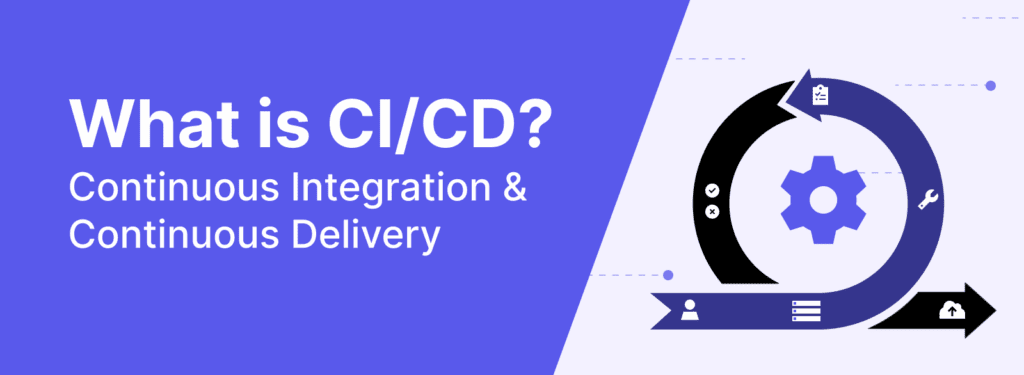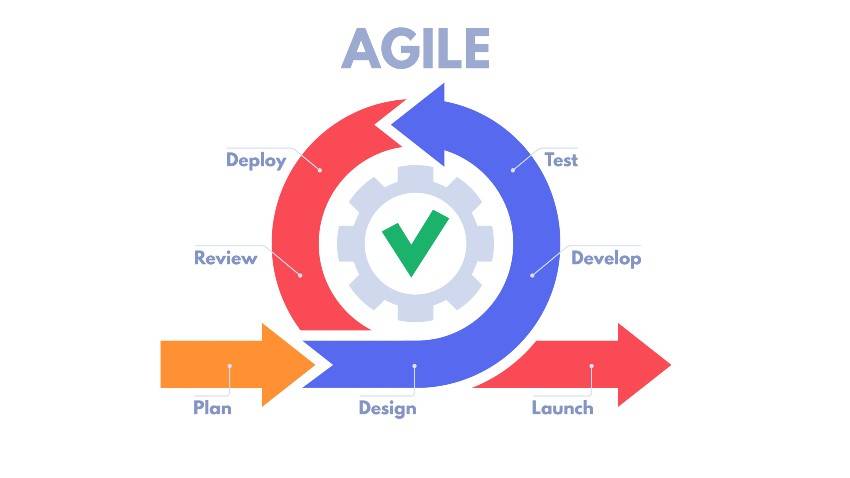Agile development continues to evolve as one of the most efficient, flexible, and collaborative methodologies for software development. In 2025, Agile is no longer just a trend—it is a foundational element in building successful digital products. From startups to large enterprises, Agile methodologies are transforming how teams move from idea to implementation.
In this blog post, we explore the major Agile development trends shaping the tech world in 2025, how they impact product life cycles, and what tech leaders should consider when building from prototype to full-scale product.
The Evolution of Agile Development

Since its inception in the early 2000s, Agile has evolved from a software development approach into a company-wide mindset. In 2025, it is being applied beyond development to marketing, design, and even HR. The core principles of iterative progress, customer collaboration, and flexibility have stood the test of time and continue to help organizations navigate change effectively.
One of the most notable shifts is the integration of Agile with emerging technologies such as AI, machine learning, and DevOps tools. This creates smarter, faster, and more responsive development environments.
1. AI-Enhanced Agile Workflows
Artificial Intelligence is redefining how teams conduct Agile development. In 2025, AI-powered tools are automating backlog grooming, sprint planning, and even QA testing. For example, AI can predict delivery timelines based on past performance, automatically assign tasks based on team strengths, and detect bottlenecks before they cause delays.
Tools like Jira Software now incorporate machine learning algorithms to help teams become more productive. Integrating AI with Agile also empowers better decision-making and resource allocation.
Also read: Digital Privacy in the Age of AI: What You Must Know for 2025
2. Agile for Cross-Functional Teams

Modern Agile is more collaborative than ever. In 2025, cross-functional teams that include developers, designers, product managers, and marketers are working together from day one. This holistic approach ensures that products are not just functional but also user-centric and market-ready.
Daily stand-ups, shared OKRs (Objectives and Key Results), and integrated project dashboards ensure visibility and alignment across departments. This trend emphasizes that Agile is not only about speed but also about synchronized value delivery.
3. Remote and Hybrid Agile Practices
With remote work here to stay, Agile has adapted to distributed teams. Virtual collaboration tools like Miro for retrospectives and whiteboarding, and Slack integrations for sprint updates, are essential for 2025 Agile workflows.
Agile ceremonies such as sprint planning, retrospectives, and reviews are now conducted virtually, supported by asynchronous communication strategies to overcome time zone differences. Documentation has become more critical to ensure that everyone remains on the same page.
4. Continuous Integration and Continuous Delivery (CD/CI)

In 2025, Agile teams are moving beyond sprints into continuous discovery and delivery. The goal is to minimize the gap between ideation and product release. Teams continuously gather user feedback, make iterative improvements, and deploy features using CI/CD pipelines.
This trend supports lean startup principles, allowing teams to test hypotheses with real users before committing to full development. It also reduces the risk of building features that users don’t need or want.
Also read: Best Web App Languages to Learn in 2025: Top Picks for Developers
5. Customer-Centric Prototyping
Prototyping has become more customer-centric, thanks to tools like Figma and real-time usability testing platforms. In Agile development, prototypes serve as communication tools that guide development, not just design assets.
In 2025, teams are building interactive prototypes early in the process and validating them through user testing. This feedback loop informs product direction and reduces costly rework later in the development process.
6. Agile and Design Thinking Integration
Agile and Design Thinking are no longer separate methodologies. In 2025, they are integrated into a unified framework that emphasizes empathy, experimentation, and iterative delivery. This fusion allows teams to identify user needs, brainstorm solutions, and rapidly prototype and test ideas.
By combining Agile’s structure with Design Thinking’s creativity, businesses create solutions that are not only viable and feasible but also desirable.
7. Metrics-Driven Agile Performance

Data analytics plays a crucial role in 2025’s Agile development. Teams are using KPIs like cycle time, lead time, sprint velocity, and defect density to evaluate and optimize performance. Advanced dashboards help in identifying patterns and areas for improvement.
These metrics are not only useful for retrospectives but also for predicting future sprints and aligning product goals with business outcomes.
Also read: The Rise of Serverless Architecture in 2025: What Developers Need to Know
8. Agile development Compliance and Governance
As regulations around data privacy and security become stricter, Agile teams must integrate compliance into their workflows. This trend is especially important for fintech, healthcare, and government projects.
In 2025, compliance isn’t an afterthought. Agile teams are embedding security reviews, accessibility checks, and compliance validations into each iteration.
From Prototype to Product: The Agile development Path

Transitioning from prototype to product has never been more streamlined. Agile methodologies in 2025 ensure that this transition is continuous and feedback-driven. Here’s how it works:
- Ideation & Prototyping: Create low or high-fidelity prototypes based on user needs.
- Validation: Test the prototype with real users and refine the design.
- Incremental Development: Build the product in sprints, focusing on core features first.
- Continuous Feedback: Use analytics and user feedback to iterate quickly.
- Scalability: Gradually scale the product with robust architecture and DevOps support.
Final Thoughts of Agile development
Agile development in 2025 is smarter, faster, and more collaborative than ever before. By embracing emerging trends—from AI and CI/CD to integrated design and compliance practices—tech teams can move from prototype to product with greater efficiency and impact.
For businesses looking to stay ahead of the curve, adopting these Agile trends is no longer optional—it’s essential.
Interested in building a scalable web application? At Genericode, our expert Agile teams are ready to transform your ideas into digital products that stand out in 2025.

